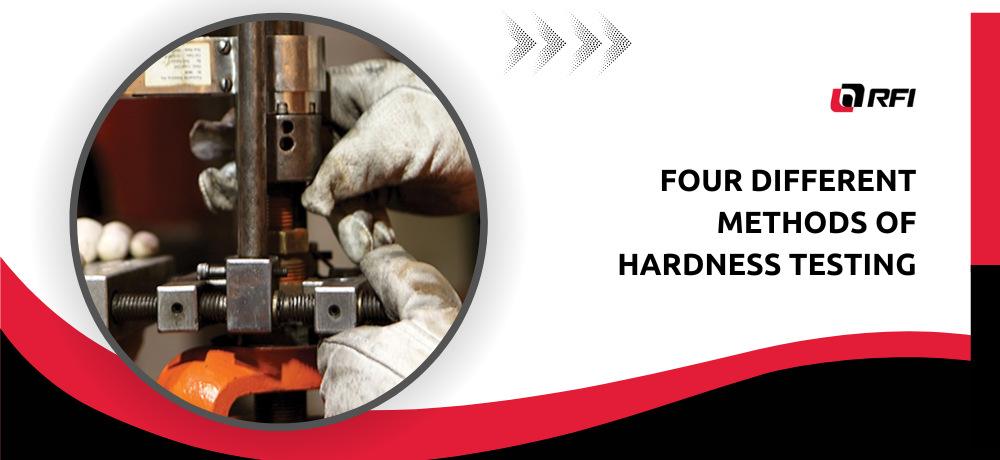Four Different Methods of Hardness Testing

In industrial processes and materials, hardness testing plays a pivotal role in ensuring the integrity and reliability of components. This blog unveils four different methods of hardness testing, shedding light on their distinct advantages and applications. By understanding these methods, you can make informed decisions to enhance the quality of your projects.
1. Brinell Hardness Testing: Measuring Toughness
Brinell hardness testing involves applying a known load to an indenter and measuring the diameter of the resulting indentation. This method is ideal for testing materials with large grain structures or rough surfaces. It's especially effective for assessing the toughness of metals and alloys, providing valuable insights into their resistance to deformation.
2. Rockwell Hardness Testing: Versatile and Widely Used
Rockwell hardness testing is renowned for its versatility and popularity across industries. It involves applying a minor load, followed by a major load, and measuring the penetration depth. With different scales for different materials, Rockwell testing offers quick and reliable results, making it suitable for a wide range of applications.
3. Vickers Hardness Testing: Precision and Microhardness
Vickers hardness testing utilizes a diamond indenter to create a square-based pyramid indentation. This method is exceptionally precise and often used to test thin materials or small parts. Vickers testing provides microhardness values that offer insights into the localized strength of materials, which can be critical for intricate components.
4. Knoop Hardness Testing: Subsurface Hardness
Knoop hardness testing is similar to Vickers testing but employs a rhombic-based pyramid indenter. This method is particularly useful for measuring the hardness of brittle materials or thin coatings. Its unique geometry allows for accurate assessment of subsurface hardness, making it valuable for delicate applications.
Hardness testing methods—Brinell, Rockwell, Vickers, and Knoop—each offer distinct advantages and applications in materials testing. At Red Flame Industries Inc., we recognize the significance of accurate and reliable hardness testing in ensuring the quality and durability of your projects. If you're seeking expertise in hardness testing and a commitment to precision, get in touch with Red Flame Industries Inc. today! To learn more about the services we offer, please click here. To contact us, please click here or call us at 1 (888) 846-8827.